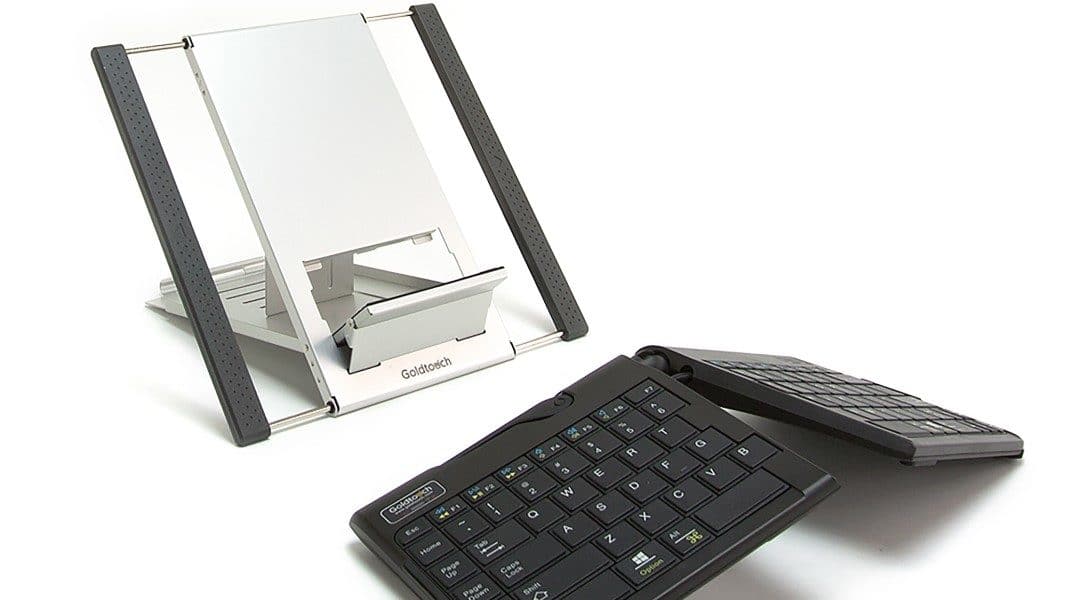Comfort is important for students of all ages, as deep learning requires concentration and attention. When students are distracted by their pain, they’re far more likely to get frustrated with the task at hand and give up.
This could potentially cause disruptions that further distract other students in the classroom. That makes ergonomics in the classroom much more than a nice-to-have; it’s a necessity.
Ergonomic problems for students are caused by a whole host of issues. One-size-fits-all furniture, backpacks weighed down by heavy books and notebooks, computer workstations that were outdated in the 1990s — you name the ergonomic issue, and most classrooms have it.
Of particular issue in primary education classrooms is the fact that children are growing at varying rates, so what works well for one child won’t work well for the next.
To top it off, it might not even work well for the same child from one week to the next. In higher-level classrooms, the problem is more about changing classrooms frequently, so that it’s impossible to set up one dedicated space that’s designed specifically for a student’s body.
What to do?
1. Invest in Adjustable Furniture
If you’ve got a remodel on the calendar, consider investing in adjustable furniture for classrooms.
As it is, most classroom furniture is outdated. It forces students to sit in rigid, upright positions that are too strenuous for growing bodies. Many older chairs tilt backwards, causing students to round their backs, decreasing blood flow, and pressing the spinal cord to one side. This is as just as problematic in mass lecture halls of variable seating.
Adjustable furniture will help each student find his or her customized fit to keep blood flowing, muscles comfortable, and minds concentrated on the task at hand.
If this is too much for the budget, why not get creative with a few ergonomic hacks? Sitting on old textbooks can help bring students to the right height. Brainstorming other hacks might just be a creative lesson plan.
2. Dump Out Those Backpacks
There’s a reason why experts have been warning about the dangers of heavy backpacks for years. They can cause musculoskeletal damage that’s so severe, a growing child may never recover.
Much of the heavy backpack problem can be mitigated simply by swapping those books for tablets and eReaders. With so much paper condensed into one device, a student’s muscles can breathe a sigh of relief.
What’s more, eReaders and tablets come equipped with reading aides and learning programs that can help the classroom teacher or professor customize the learning experience. That’s as good for the back as it is for the brain.
3. Incorporate Movement into the Classroom
No matter what the students’ age, no one likes sitting for hours on end. Few of us can concentrate for the long periods of time that’s often requested in the classroom.
Even worse, staying sedentary reduces the flow of blood to the brain, so it’s more difficult to retain information at a deep level anyway.
As such, it can be a great boon for the classroom experience to get students out of their seats and moving around. In primary school classrooms, there may be opportunities to incorporate movement into every aspect of the curriculum, whether that’s acting out a historical moment or getting up to move blocks.
However, movement at all levels of education is likely most easily integrated at break time, which should of course happen more frequently the younger the students are.
Movement can mean anything from a quick jumping jacks break to a long stretch, an invitation to walk around the building (for older students) or simply a request to stand up. Students should return to the lecture refreshed and ready to go.
4. Practice Good Computer Ergonomics
When it comes to using computers in the classroom, ergonomics are particularly tricky. Massive computer labs must accommodate a wide range of students on any given day, which makes individualization tough. Again, adjustable furniture can go a long way towards mitigating some of this problem.
But even more than that, it’s important that computer stations provide customized solutions for each student’s varying body size and typing style. For this, an adjustable ergonomic keyboard is key, as it will allow each student to find their perfect fit. An ergonomic keyboard is best paired with an ergonomic mouse.
Together, these devices can angle each student’s hands and wrists into the least stressful positions. Using peripherals like this is an important part of preventing musculoskeletal disorders and repetitive strain injuries (RSIs) in the future.
As more and more students spend an increasing amount of time sitting on poorly designed furniture and navigating digital devices, designing a classroom that can rapidly adjust to fit its students is of the utmost importance.
This information is courtesy of Goldtouch, an industry-leading creator of custom-comfort ergonomic technology products, www.goldtouch.com.













